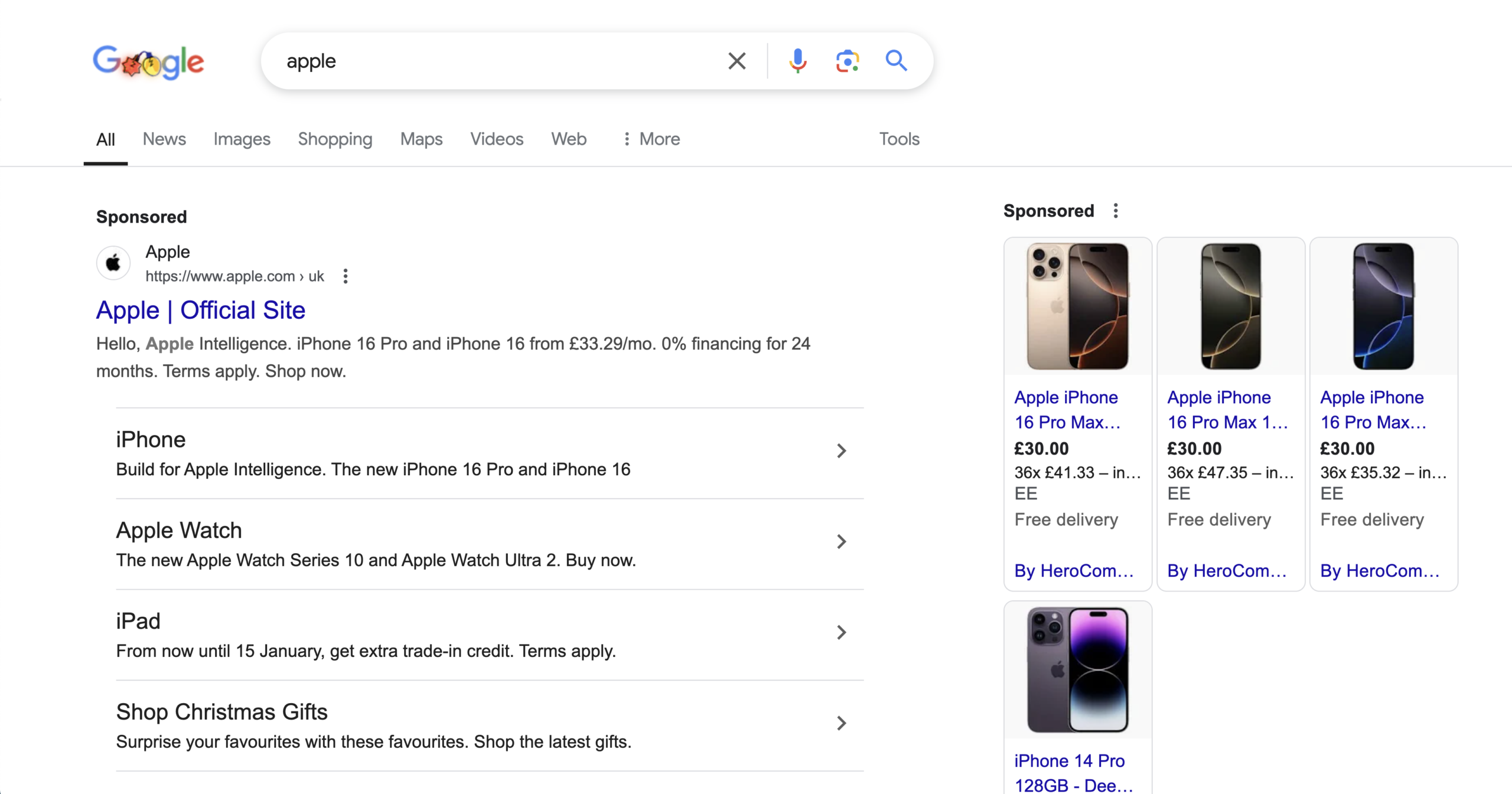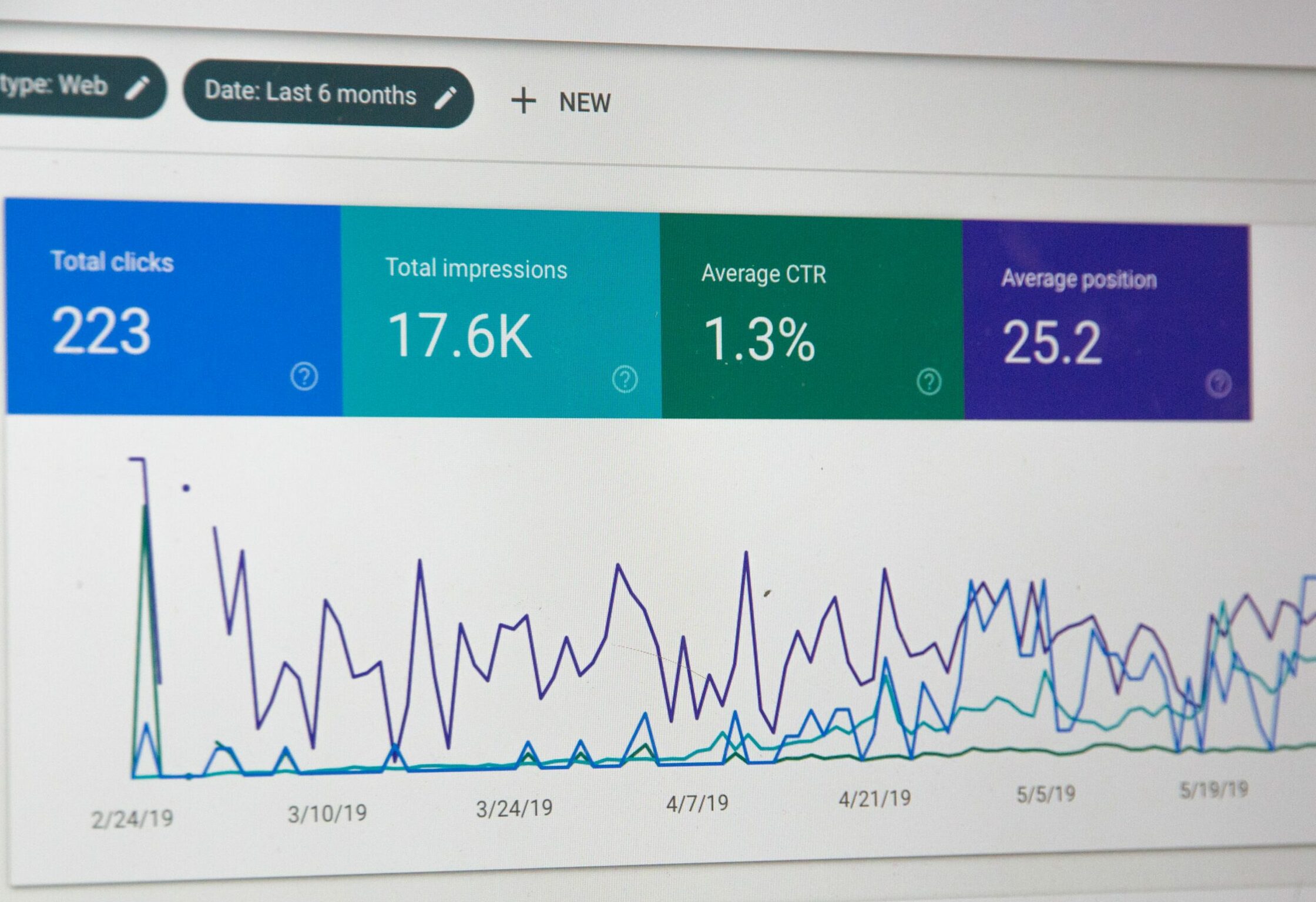Read on for a quick primer on the Google Ads score including its potential limitations.
From the very moment you sign up for a Google Ads account, the search engine’s algorithms begin generating a baseline optimisation score and offering you some recommendations for enhancement.
Although these suggestions can offer some useful insights into how you might improve your Google Ads campaign, they may not always align perfectly with your business objectives.
For this reason, we always advise clients not to obsess about this score. It’s ultimately just a vanity metric designed to make you spend more money on Google.
Having said that, there are some recommendations the average business might benefit from prioritising, including:
- Ad relevance: Make sure there is a clear alignment between your targeted keywords and their landing pages.
- Landing page experience: Aim for a high-quality user experience on landing pages, focusing on speed and mobile-friendliness.
- Ad format optimisation: Select appropriate ad formats tailored to campaign objectives and optimised for different devices and placements.
- Keyword quality score: Continuously enhance keyword quality scores by monitoring click-through rates and improving landing page experience and relevance.
- Ad copy and messaging: Develop compelling ad content directly addressing your audience and emphasizing unique product or service benefits.
- Account structure and organisation: Establish a logical, well-organised Google Ads account structure with tightly themed ad groups centred around specific keywords and topics.
- Bid optimisation: Continuously monitor and adjust bids to maximize your ROI.
- Ad extensions: Utilise ad extensions to provide users with additional information and value, such as site links, callouts and structured snippets.
- Conversion tracking and optimisation: Analyse conversion data to identify optimisation opportunities and gradually enhance campaign performance.
Limitations of the Google Ads optimisation score
Because ROI is the name of the game, it’s important to acknowledge the potential drawbacks of focussing on this somewhat arbitrary number, including:
- Overemphasis on the optimisation score may result in overlooking critical KPIs, leading to blind spots in performance monitoring.
- Google’s recommendations are founded on past performance, therefore any recent unfavourable results could yield inaccurate guidance from our machine overlords, ultimately damaging your overall campaign efficiency rather than improving it.
- In efforts to boost impression shares, Google might suggest altering your CPC bid, which could escalate your ad expenditure unnecessarily.
So, what’s a good score to aim for?
In our experience, maintaining a score between 60% and 80% is a good rule of thumb. From there you should make sure you only act on any recommendations provided they actually align with your business objectives.
Even a 100% optimisation score won’t guarantee miraculous results as a successful Google Ads campaign still requires plenty of human monitoring and input to make sure it stays on the right track.
If you need any help with your Google Ads campaigns, we’re human, and we’ve got plenty of experience in this field, helping a variety of different businesses in a variety of different industries get the most out of their campaigns.
Get in touch with our friendly team today to get started!





